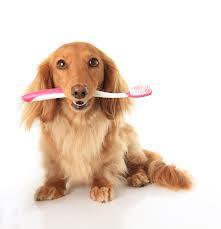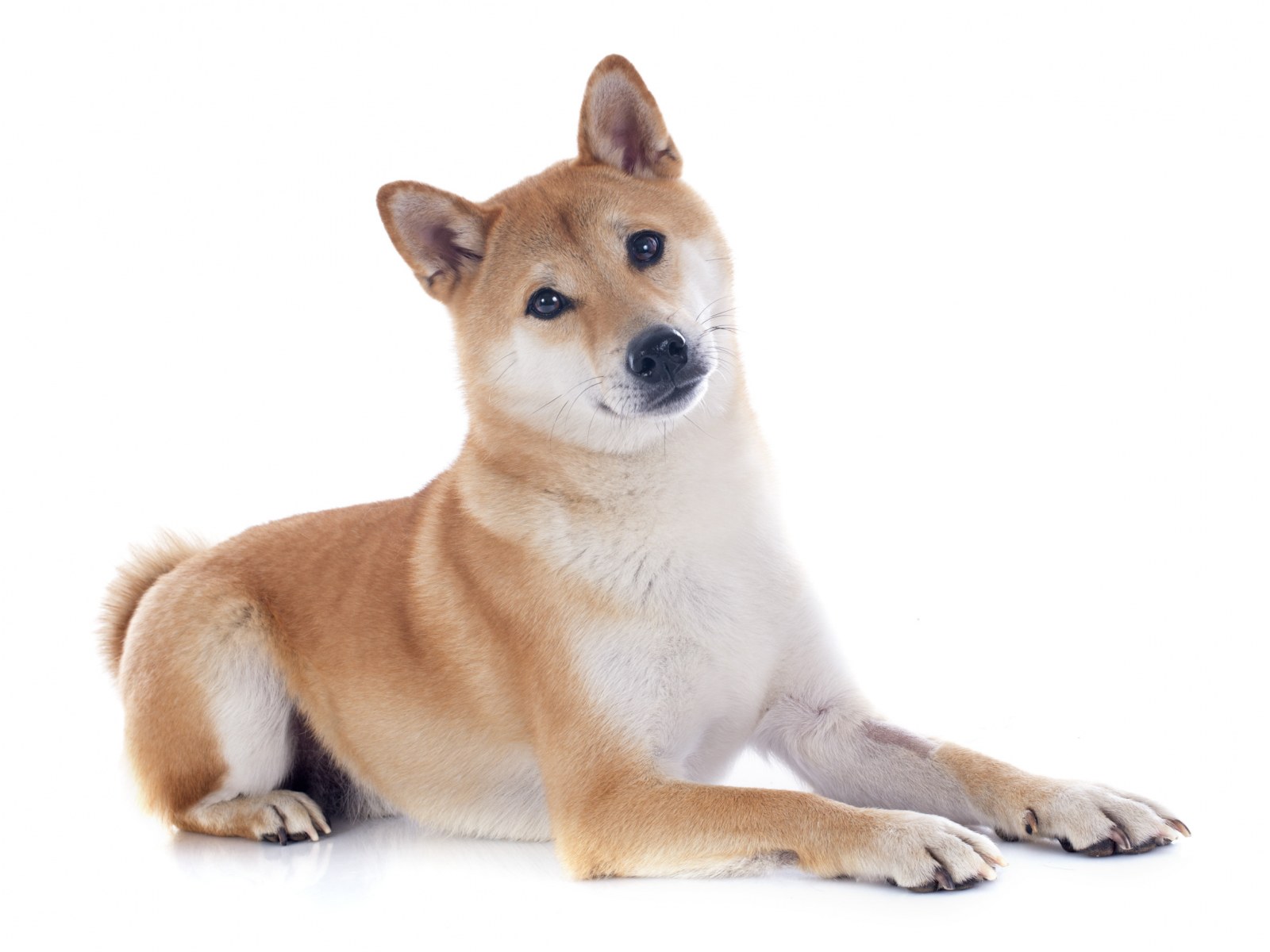This is probably one of the mo st neglected aspects of pet care. Dog dental care should be done on a regular basis, making sure that there is no sign of gum infection or tartar buildup on the teeth, which can progress to bad breath, tenderness of the mouth (gum infection or gingivitis) and eventual loss of teeth.
st neglected aspects of pet care. Dog dental care should be done on a regular basis, making sure that there is no sign of gum infection or tartar buildup on the teeth, which can progress to bad breath, tenderness of the mouth (gum infection or gingivitis) and eventual loss of teeth.
Plaque is the same for a dog as it is for us, a bacteria-laden film forming on the teeth. This can then calcify on the teeth to form tartar. If not kept under control, the bacteria get into the gum tissue, causing inflammation, and then attack the roots of the teeth. The jaw bone in which the teeth are situated then begins to erode and eventually the rotten teeth fall out. You can help to reduce the incidence of plaque/tartar by giving your dog a complete dry dog food and/or hard biscuits and chew toys, like Nylabones, to chew on, many of which can be found in good pet stores.
But the best way to control plaque and tartar is to brush the teeth. This may sound silly, but when the puppy is young and on the grooming table, start to massage its teeth and gums and get it used to feeling your fingers in its mouth. You can buy specially made brushes and toothpaste for dogs. Don’t use toothpaste formulated for humans as most dogs will not like the taste – it foams too much and often makes them sick. We suggest brushing your dog’s teeth at least a couple of times a week.
Professional dental care by a vet is sometimes needed if the condition of the teeth gets quite bad. If not attended to, bad teeth can have quite a detrimental effect on the pet’s overall well-being. Unfortunately, a lot of smaller breeds seem to have weaker teeth, and they often start to lose them at a relatively early age.
Tip: If your dog resists your attempts to introduce a handled toothbrush into its mouth, consider using a finger brush – this is like a small flexible thimble that slips over the end of your forefinger.
- Make a dental checkup a regular part of your grooming routine – it will pay dividends.
- Dental tooth wipes are impregnated with special chemicals that help to freshen breath and combat the buildup of plaque on the teeth.
- Wrap a clean wipe around your index finger.
- Then rub it gently around the teeth and gums in both the upper and lower jaws.
- For more systematic cleaning, use a dog toothbrush and properly formulated toothpaste. This double-headed brush is very effective.

